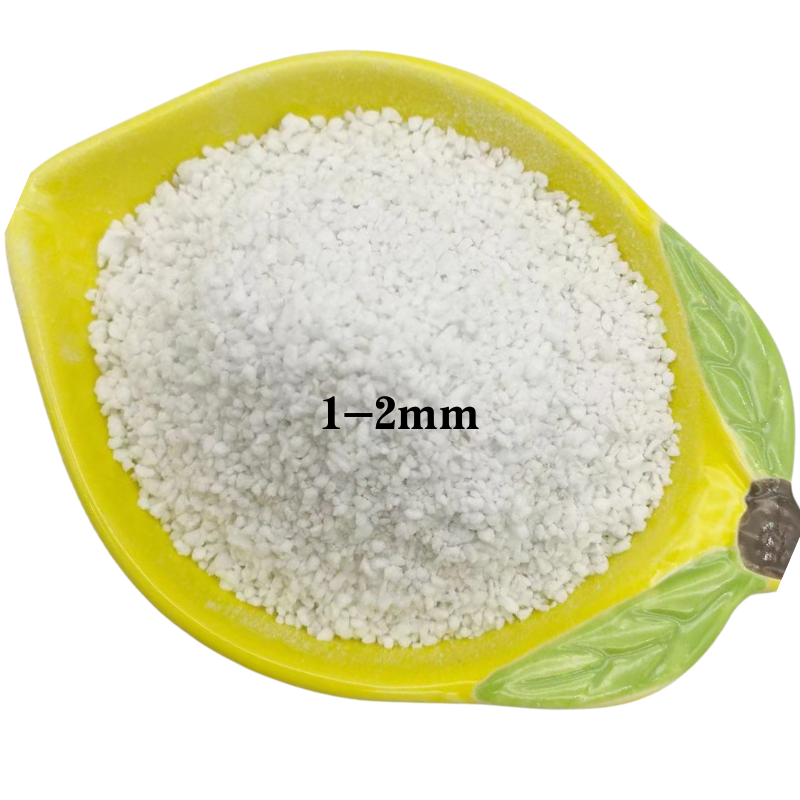
bauxite alumina aluminium
The Importance of Bauxite, Alumina, and Aluminium in Modern Industry
Bauxite, a sedimentary rock with a high aluminum content, serves as the primary ore for aluminum extraction. Its significance in the supply chain of industrial materials cannot be overstated, as aluminum has become an integral part of various industries, including construction, transportation, packaging, and even technology. This article delves into the role of bauxite, the process of refining it into alumina, and the implications of aluminum in today’s world.
Bauxite consists mainly of aluminum oxide minerals, including gibbsite, boehmite, and diaspore. The discovery of bauxite deposits has been a game changer for aluminum production, leading to the establishment of an industry that has grown exponentially over the last century. As the demand for aluminum continues to rise, driven by its lightweight properties and resistance to corrosion, the importance of bauxite reserves has attracted significant attention from mining companies globally.
The extraction of aluminum from bauxite involves two key processes refining the bauxite to produce alumina and then smelting the alumina to produce aluminum. The Bayer process, developed in the 19th century, is the most common method used for refining bauxite into alumina. This process involves crushing the bauxite and treating it with a hot, concentrated solution of sodium hydroxide. The aluminum oxide present in bauxite dissolves, allowing impurities to be removed through a series of washing, settling, and washing steps. The resulting alumina is a white, powdery substance that serves as a precursor for aluminum production.
Once the alumina has been obtained, it undergoes the Hall-Héroult process to yield aluminum. This method involves dissolving alumina in molten cryolite (Na3AlF6) and then passing an electric current through the mixture, causing the aluminum to precipitate. Although this process requires significant energy, the resulting aluminum metal is lightweight, corrosion-resistant, and incredibly versatile, making it suitable for a wide range of applications.
bauxite alumina aluminium

The usage of aluminum is pervasive across various sectors. In the construction industry, aluminum is favored for window frames, roofing, and even structural components due to its strength-to-weight ratio. The automotive and aerospace industries leverage aluminum’s lightweight properties to enhance fuel efficiency and overall performance. Additionally, aluminum plays a vital role in packaging, with applications ranging from beverage cans to food containers due to its durability and recyclability.
The environmental impact of bauxite mining and aluminum production cannot be overlooked. Mining operations can lead to deforestation and habitat destruction, while the refining process generates waste products, commonly referred to as red mud, which can pose disposal challenges. Moreover, the significant energy consumption required for aluminum smelting raises concerns over greenhouse gas emissions, pushing the industry to seek more sustainable practices.
In recent years, technological advancements and a growing emphasis on sustainability have led to innovations in aluminum production. Companies are increasingly using renewable energy sources to power smelting operations and are investing in more efficient refining techniques. Moreover, the recycling of aluminum is gaining traction, with recycled aluminum requiring only 5% of the energy needed to produce new aluminum from bauxite. This not only minimizes environmental impact but also underscores the importance of a circular economy in resource management.
In conclusion, bauxite, alumina, and aluminum possess tremendous significance in the contemporary industrial landscape. As we continue to innovate and adapt in response to global challenges, this trio will remain at the forefront of discussions about sustainable material sourcing and environmental stewardship. The evolution of the aluminum industry, coupled with the growing importance of recycling and sustainable practices, will shape its trajectory in the years to come, highlighting the need for ongoing research and collaboration across sectors.
Share
-
Natural Premium Bentonite Cat Litter - Superior ClumpingNewsJul.31,2025
-
Premium Resin Coated Sand - High Heat Resistance CastingNewsJul.31,2025
-
High Quality Silicon Carbide Grit for Abrasive ApplicationsNewsJul.30,2025
-
High-Quality Ceramsite for Plants & Gardening | Lightweight PebblesNewsJul.29,2025
-
Premium Burgundy Glass Marbles for Vases & Shooter GamesNewsJul.29,2025
-
High Purity Quartz Sand for Industrial and Ground ApplicationsNewsJul.29,2025






